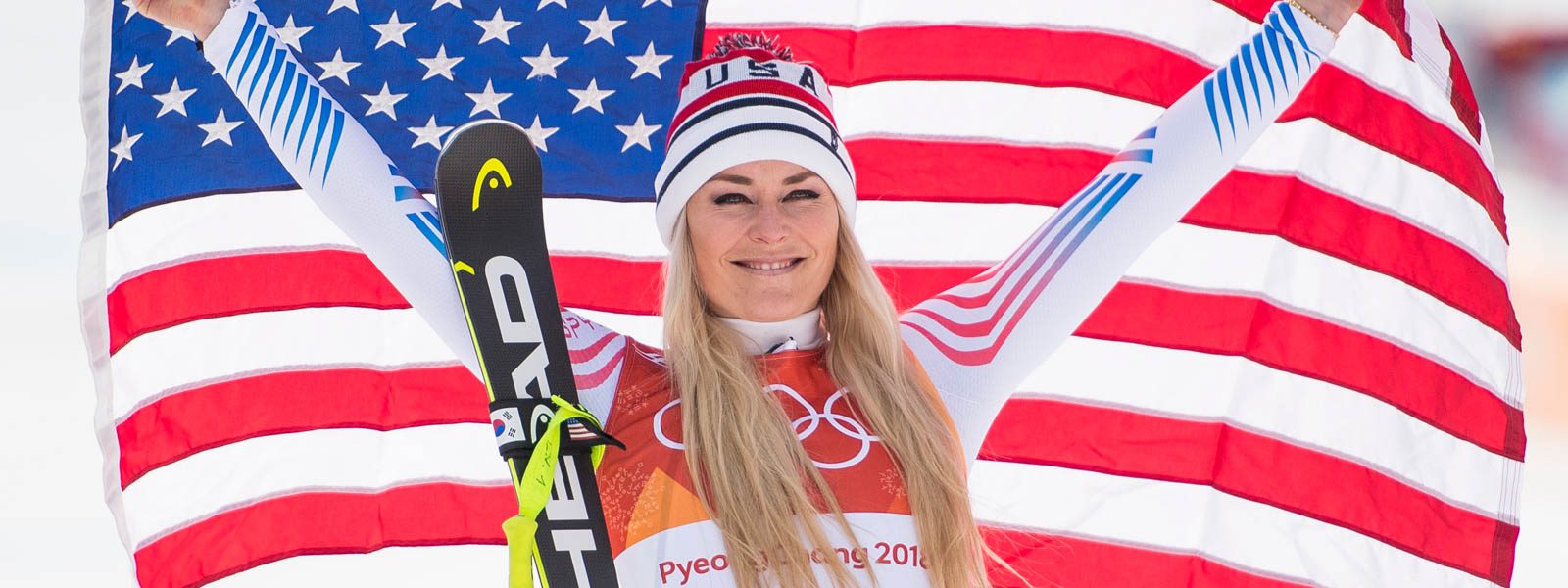U.S. Ski Team departs for Europe, formulates strategy for international travel
While the U.S. Ski Team athletes were hard at work with on-snow training at Mount Hood in Oregon this summer, U.S. Ski & Snowboard staff were busy finding ways to get many of those athletes into Europe for training this fall.
The European Union closed its borders to all travel when COVID struct. Those restrictions had prevented any travel into Europe, but in June, as the infection rate was deemed under control, restrictions for professional athletes and individuals with critical work were loosened in certain countries. While most travelers from the U.S. remain banned, the ski team jumped at the opportunity, and many of its athletes departed for Europe this week.
“If you are a professional athlete and can make a compelling case to the border police right when you land in the EU, they have the ability to say you’re allowed in,” said Tiger Shaw, president and CEO of USSS. “Now if you catch the border police in a bad mood, they may say turn around, get back on the airplane and go back to the United States.“
National team athletes expect to be able to make a compelling case, especially those traveling to train before Soelden. If the ultimate goal is to have the best athletes in the world and the highest level of competition in Soelden, it’s certainly in Austria’s best interest to allow the likes of Ted Ligety and Mikaela Shiffrin into the country to train and prepare for the race; however, each team member will make their own case when reaching border control in Europe.
“We will try to alert the border patrol through the American consulate when they are landing,” said Shaw. “They may or may not be able to give a heads up to the board police to help them.”
Athletes and personnel will also have to obtain a D visa, otherwise known as national long-stay Schengen Visa, which will enable athletes to stay in Europe for more than 90 days over a 180-day window. USSS is working on securing those visas for athletes and coaches who will be in Europe for an extended stay over the season.
Once entering the country, quarantine and testing is guided by the local health officials. Some countries require quarantine, whereas others allow a quick test, and if the results come back negative, quarantine ends after 24 hours.
The men’s speed team is the first group to travel to Europe. They will fly into Austria and begin the first portion of camp working on technical skills indoors. The speed portion of the camp will be split between Zermatt, Switzerland and Stelvio, Italy before returning to the States this fall.
Specific protocols have been put in place for athletes and staff to control the environment of the camp. These measures include consistent monitoring of symptoms, twice-daily health checks, a double negative test required to enter the camp, and maintaining a bubble within the training group to limit exposure.
“It’s changed the camps a lot and we are paying a lot of attention right now,” said Jesse Hunt, USSS alpine director. “We are trying to make sure we are as safe as we can coming into the camp and keep everyone healthy while we are there. We are going to take that same model we have been using in the States and bring that to Europe.”
After more than a month planned in Europe, the men’s speed team is expected back in the U.S. Oct. 1 and is aiming for a camp at the Speed Center at Copper Mountain, Colo. With a delayed start to the season after the North American World Cup tour was moved to Europe, the speed team will have a month to train in the U.S. before Val d’Isère in early December. At least that’s the plan.
“It’s key we keep up with the challenges,” said Hunt. “The European teams are training and getting their days in. We have done a good job at getting our technical time in. I think it will really help with super G going into the season. As long as we can get some athletes to Europe and get some of the skis run-in, we should be in decent shape.”
As far as the tech skiers, a lot of the World Cup depends on Levi, which has speculated to be two women’s slaloms. If Levi changes and provides the opportunity for a month break in November, the team would return home to train at Copper. Without a change in schedule the women’s tour would be strung out with three-week breaks between races. The Europeans would have the ability to return home and recover, but with quarantine regulations, the U.S. athletes don’t.
“There has been a lot of uncertainty all summer long about when or even if we would be able to make a return to Europe this fall due to the current travel restrictions, so when we finally got the go-ahead for our return this September it was a big relief to all of us,” said U.S. Ski team athlete Ryan Cochran-Siegle. “All of the behind the scenes coordination required in today’s COVID-19 environment to allow our team to travel to Europe does not go unnoticed. Our team is so very thankful for the work done by the U.S. Ski & Snowboard organization as a whole, starting directly from the top with help from Tiger, all the way through our trustees, coaches, staff, team managers, and private supporters and donors. We recognize and greatly appreciate this unique opportunity we are being given thanks to the hard work by each and every one of them.”
The USSS is working closely to check local European health orders daily to prepare for a successful fall training block in Europe.





















